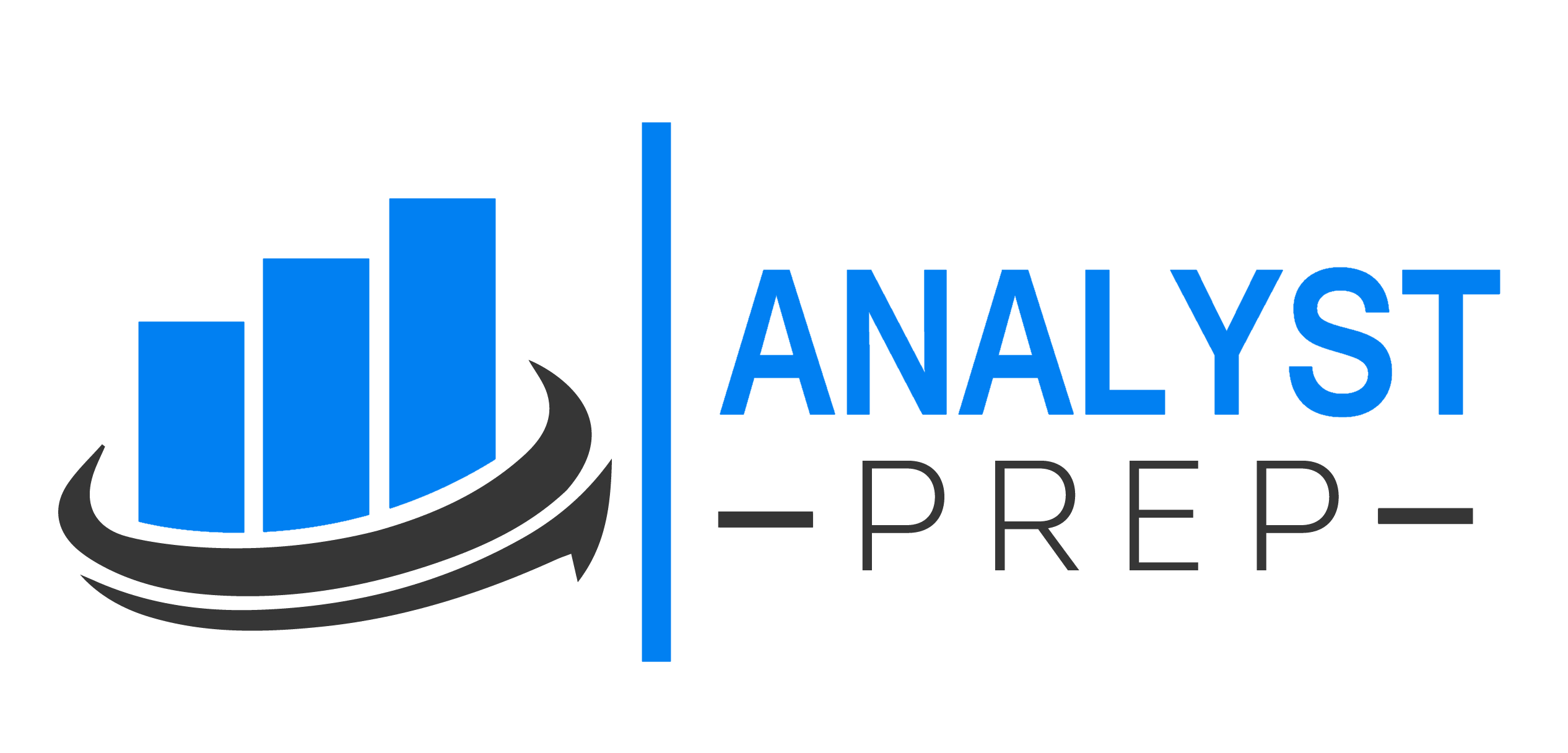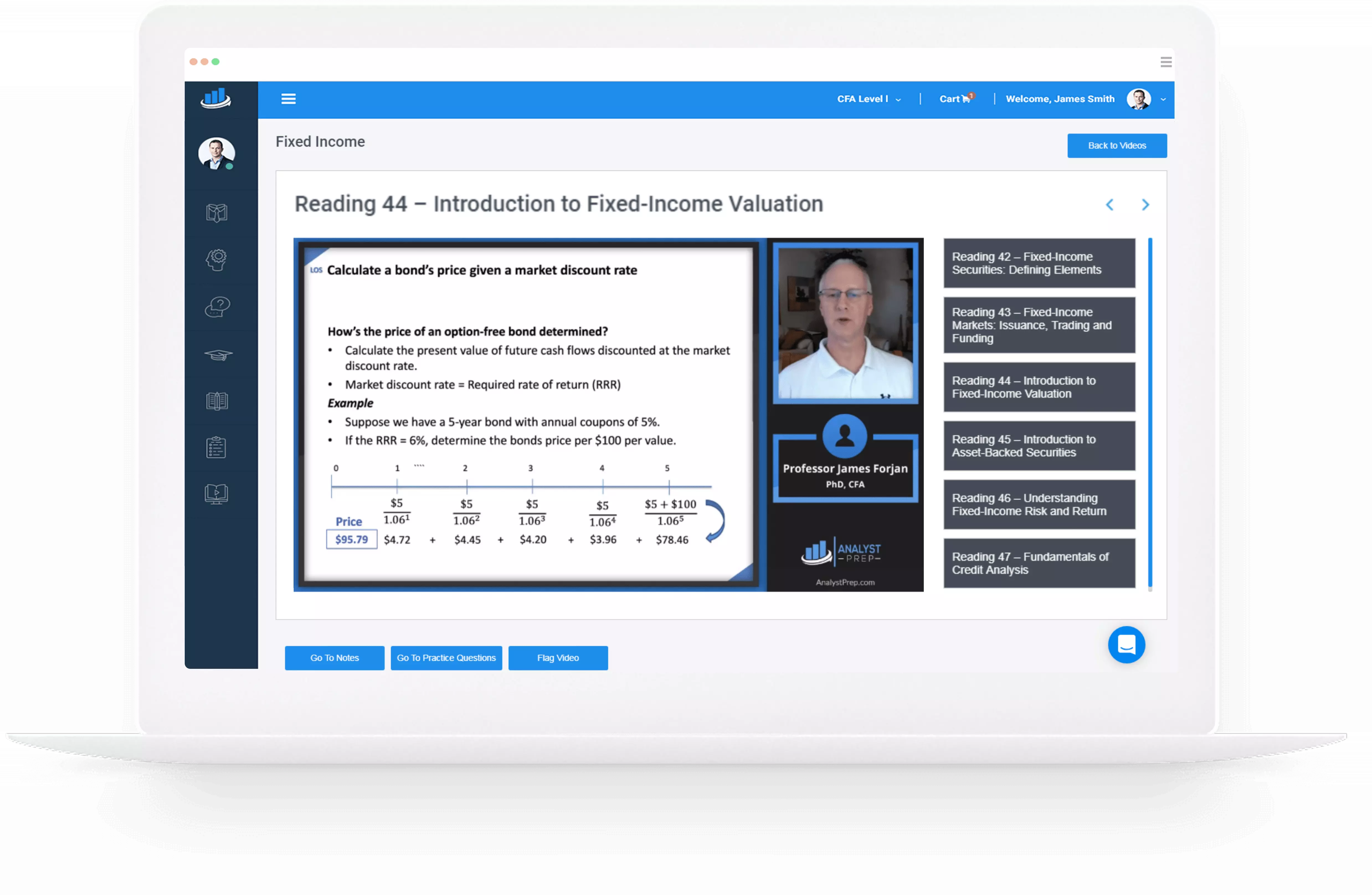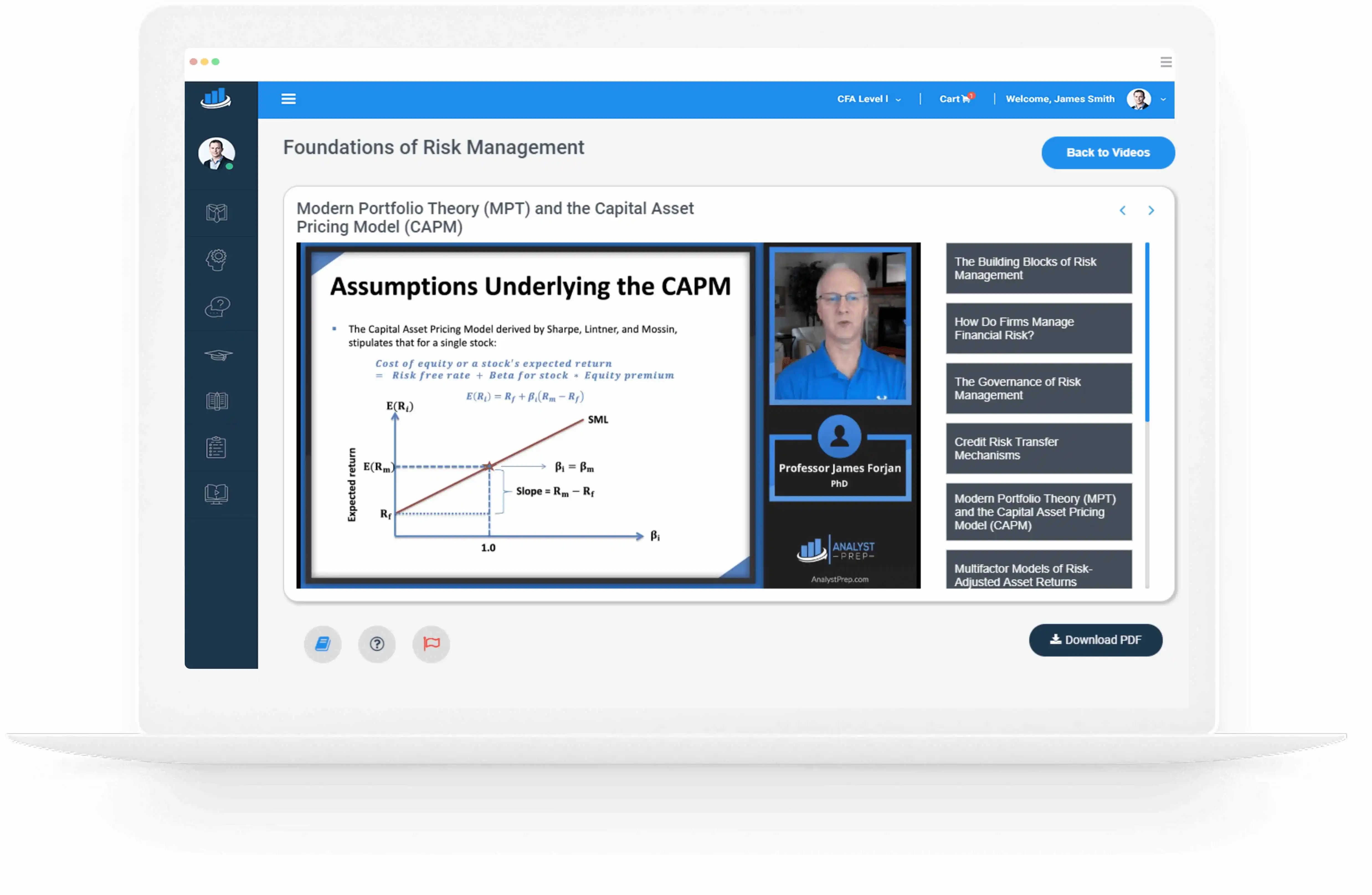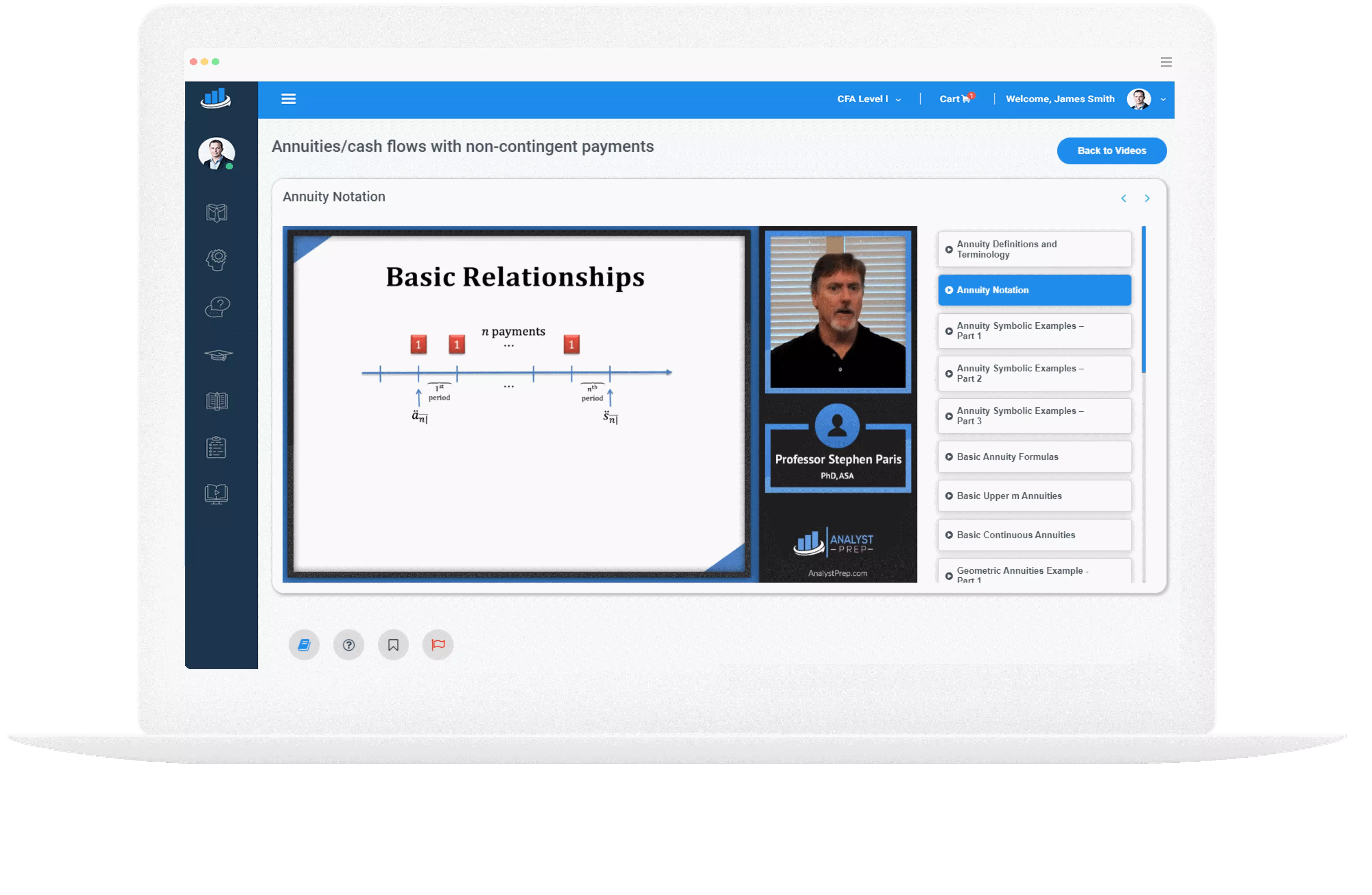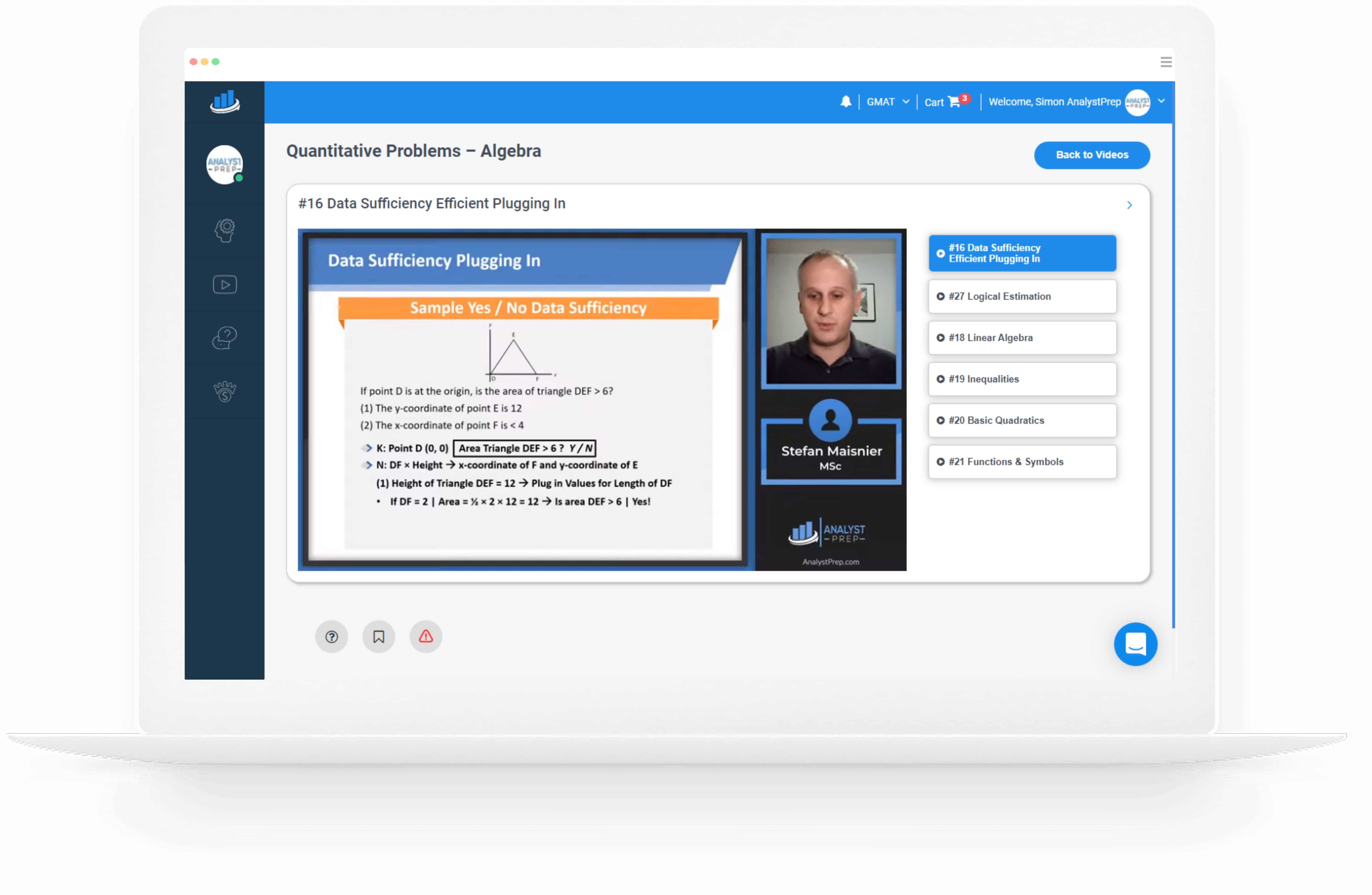
The Credit Transfer Markets and Their Implications
After completing this reading, you should be able to: Discuss the flaws in the securitization of subprime mortgages prior to the financial crisis of 2007-2009. Identify and explain the different techniques used to mitigate credit risk and describe how some…

Correlation Basics: Definitions, Applications, and Terminology
After completing this reading, you should be able to: Describe financial correlation risk and the areas in which it appears in finance. Explain how correlation contributed to the global financial crisis of 2007 to 2009. Describe how correlation impacts the…
Capital Modeling
In this chapter, we provide a comparison of the standardized approach, the alternative standardized approach, and the basic indicator approach for the computation of the operational risk capital charge. The modeling necessities for a bank to apply the advanced measurement…
Basel I, Basel II and Solvency II
In this chapter, the motives behind the introduction of Basel regulations will be explained. The chapter will further explain the key risk exposures addressed and the reasons why the Basel regulations have been revised over time. In addition, there will…
Performing Due Diligence on Specific Managers and Funds
After completing this reading, you should be able to: Identify reasons for the failures of funds in the past. Explain elements of the due diligence process used to assess investment managers. Identify themes and questions investors can consider when evaluating…

Information Risk and Data Quality Management
After completing this reading you should be able to: Identify the most common issues that result in data errors. Explain how a firm can set expectations for its data quality and describe some key dimensions of data quality used in…
Standardized Measurement Approach for Operational Risk
The Basel Committee emphasizes consistency in implementing post-crisis controlling reforms. This consistency improves the flexibility in the banking system, promotes public sureness, and brings a level playing field for international banks. In 2014, a committee addressed flaws in the current…
Classifications and Key Concepts of Credit Risk
Classification Default Model and Value-based Valuations A borrower’s default constitutes default risk. On the other hand, in case of default, the amount recovered is usually than the amount lent. The risk associated with this is referred to as recovery risk….
Spread Risk and Default Intensity Models
After completing this reading, you should be able to: Compare the different ways of representing credit spreads. Compute one credit spread, given others when possible. Define and compute the Spread ‘01. Explain how default risk for a single company can…
Credit Risk Measurement and Management
1. The Credit Decision 2. The Credit Analyst 3. Capital Structure in Banks 4. Rating Assignment Methodologies 5. Credit Risks and Credit Derivatives 6. Spread Risk and Default Intensity Models 7. Portfolio Credit Risk 8. Structured Credit Risk 9. Counterparty Credit Risk 10. Netting, Compression, Resets, and Termination Features 11. Collateral…
